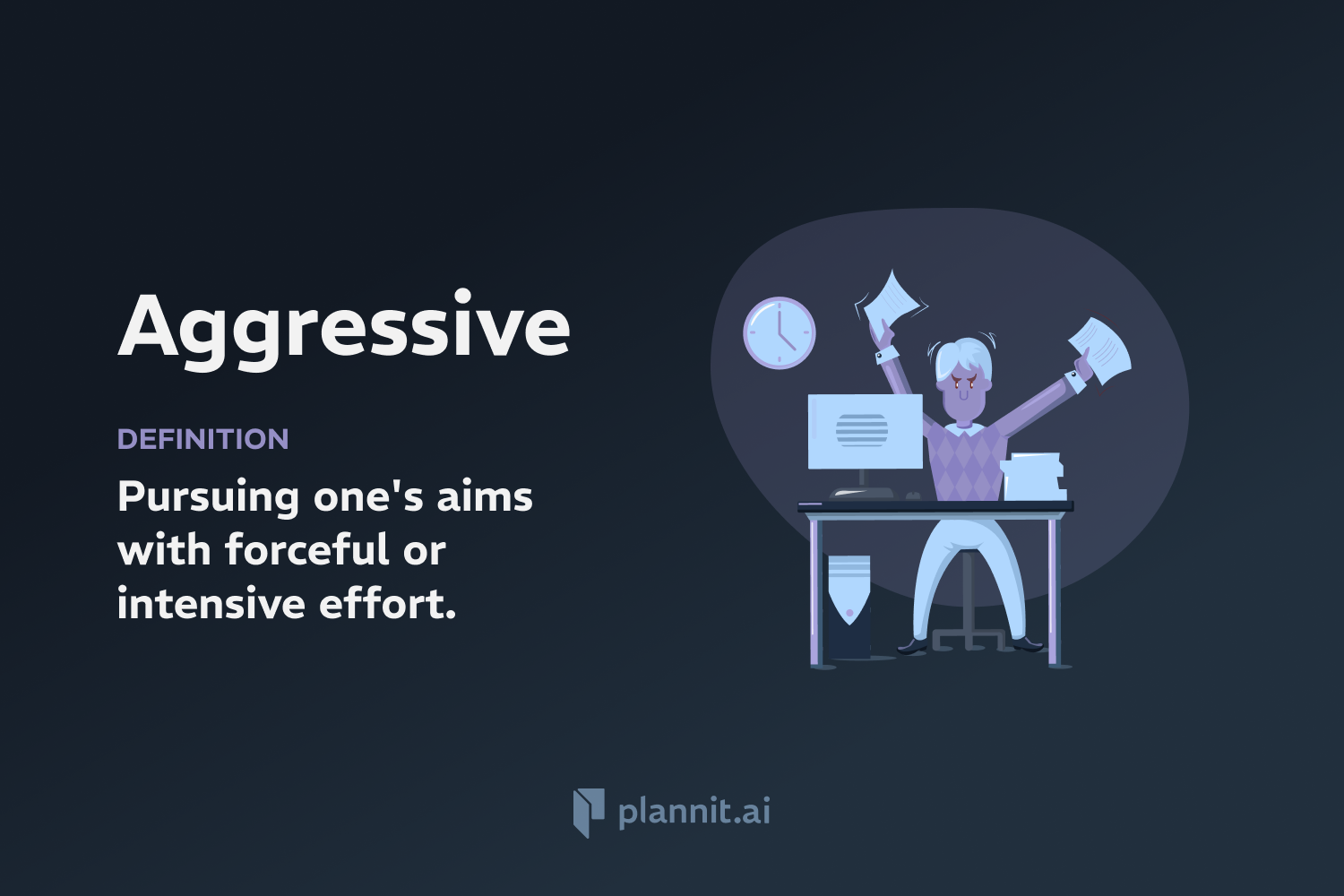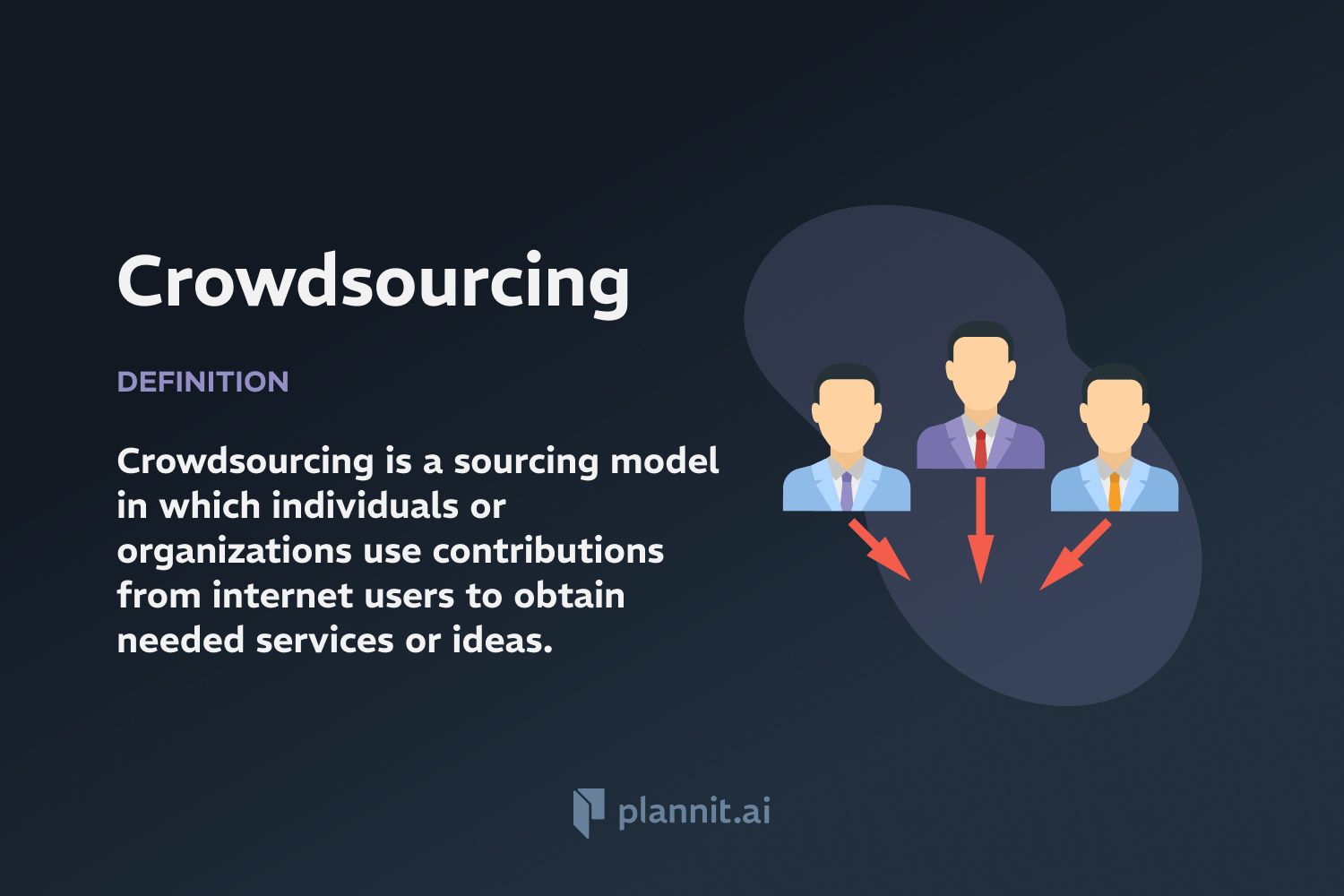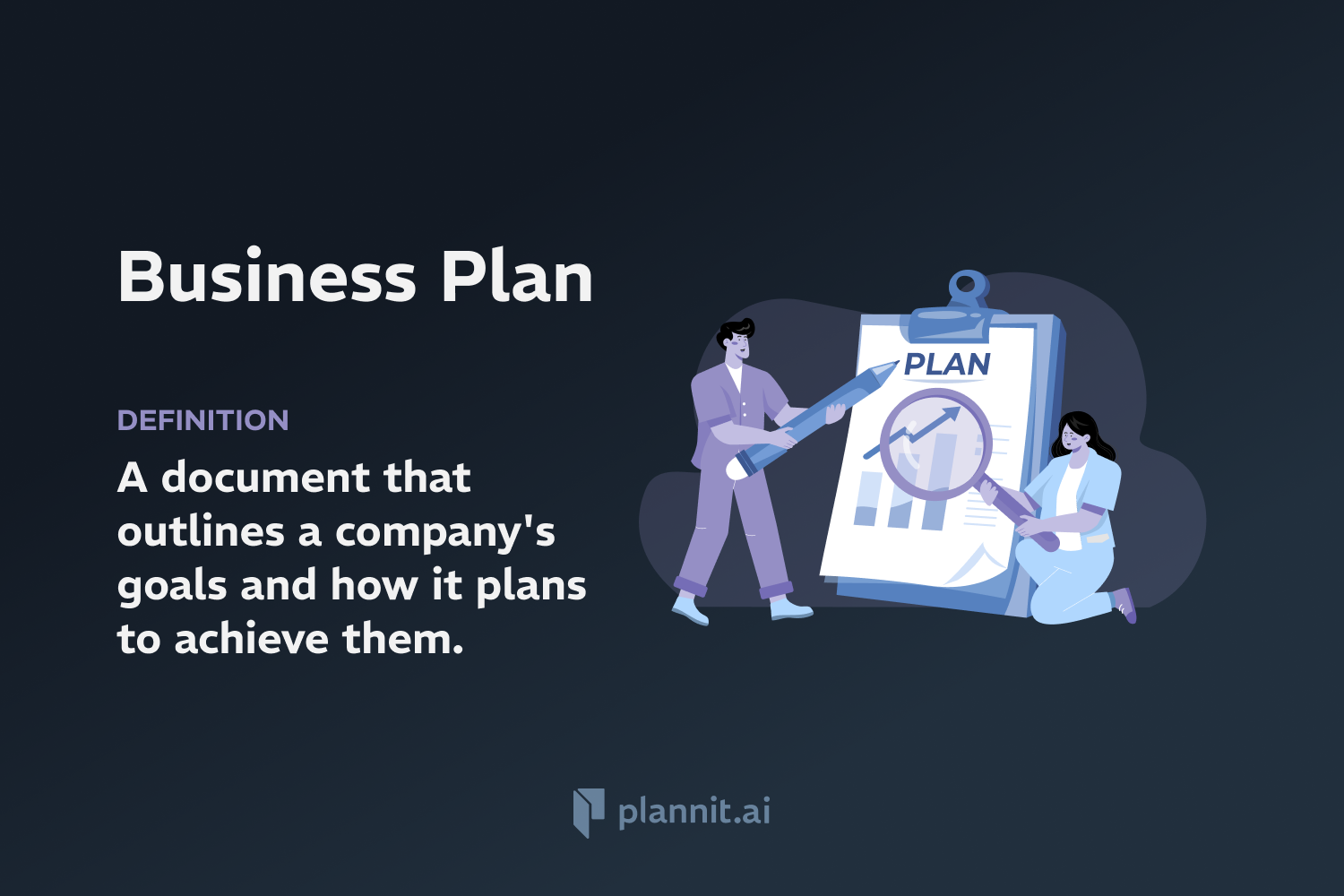Need Help With Your Business Plan?
Answer tailored questions and get a detailed business plan in minutes.
Profit and Loss Statement (P&L Statement): Definition & In-Depth Explanation
Definition:
A P&L Statement, or Profit and Loss Statement, is a financial report that provides a summary of a company's revenues, costs, and expenses over a specific period. This statement illustrates how the revenues are transformed into the net income or net profit of the company.
Context of Use:
P&L statements are used by management, investors, and creditors to gauge the financial health of a business, making decisions about investments, lending, and management practices based on the profitability shown in the statement.
Purpose:
The primary purpose of a P&L statement is to convey the company's ability to generate sales, manage expenses, and create profits. It is often used to assess financial performance over time, compare against other businesses, and plan future business operations.
Example:
Starbucks P&L Statement: Would typically detail total revenues from coffee and related product sales, operating expenses such as cost of goods sold, employee wages, and rent, followed by net income after taxes and other deductions.
Related Terms:
Revenue: The income that a business has from its normal business activities, usually from the sale of goods and services to customers.
Gross Profit: Calculated as total revenue minus the cost of goods sold.
Operating Expenses: Expenses incurred during regular business operations, such as salaries, utilities, and rent.
FAQs:
1. How to create a P&L statement in Excel?
A: To create a P&L statement in Excel:
Step 1: List all revenue streams under the 'Revenue' section at the top of a new Excel spreadsheet.
Step 2: Subtract the costs of goods sold to find the gross profit.
Step 3: List all operating expenses, including rent, salaries, and utilities, and total them.
Step 4: Subtract the total operating expenses from the gross profit to calculate operating profit.
Step 5: Apply any other incomes, expenses, or taxes to find the net profit or net loss at the bottom of the sheet.
Step 6: Format the final values for clarity, using bold or different colors for total figures.
2. How to read a P&L statement?
A: Reading a P&L statement involves several key steps:
Total Revenues: Start at the top to see the total income generated from all sources.
Cost of Goods Sold: Check how much it cost to produce the goods or services sold.
Gross Profit: This is the income remaining after subtracting the cost of goods sold from total revenues.
Operating Expenses: Review expenses necessary to run the business and how they affect operational efficiency.
Net Income: Located at the bottom, it shows the actual profit after all revenues and expenses have been accounted for. This is the key indicator of the company's profitability.
3. What are common errors when preparing a P&L statement?
A: Common errors include misclassifying expenses, failing to accrue for all expenses, double counting income or expenses, and not properly matching revenues with expenses in the correct period.
4. How often should a P&L statement be prepared?
A: It is typically prepared on a monthly, quarterly, and annual basis. Regular preparation helps in timely decision-making and financial analysis.
5. What is the difference between a P&L statement and a balance sheet?
A: A P&L statement shows the revenues and expenses during a specific period, highlighting the net income earned or loss incurred. A balance sheet, on the other hand, is a snapshot of a company’s financial condition at a single point in time, showing assets, liabilities, and equity.
Get funding with a business plan that will impress investors.
Starting a New Business?



